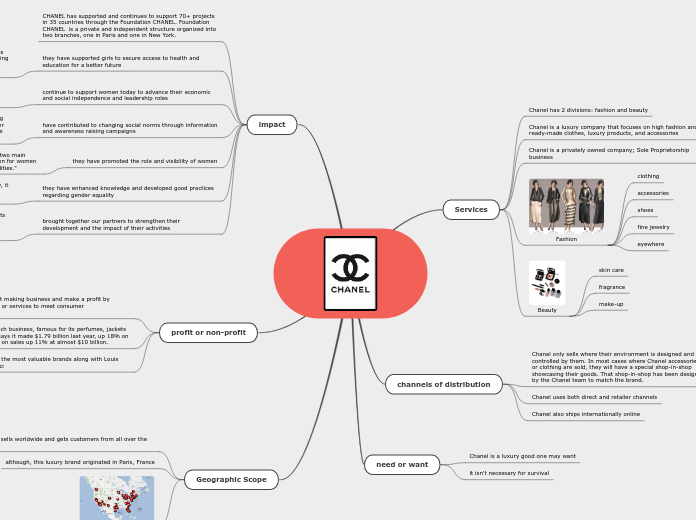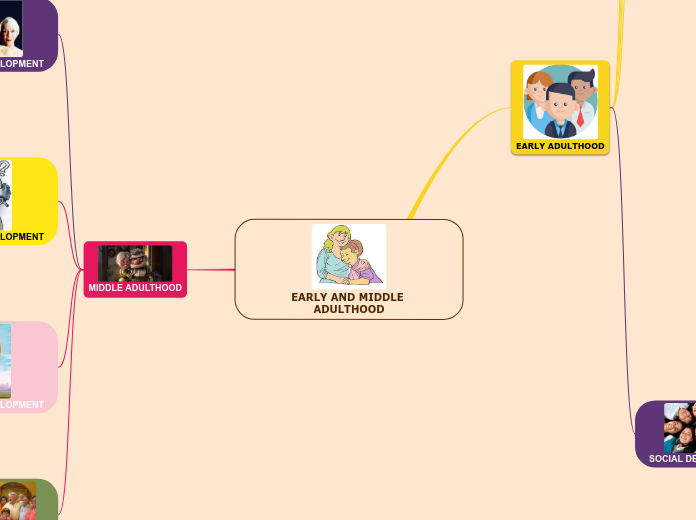av Mateo C 9 år siden
360
HISTORY TEST CPT
During the period from 1914 to 1929, Canada underwent significant transformations that contributed to its growing independence. Key events included the Military Voters Act and the Wartime Elections, which expanded voting rights, including to women and military personnel overseas.
Åpne
Canada's First step to Indipendance (1914-29) Homefront Military Voters Act Wartime Elections Voting Overseas
Munitions Sandal Constitution crisis (1917) Plebiscite Discrimination Immigrants Black Canadians Natives Indian act
Residential schools
Assimilation
French Canadians Women's changing roles Famous 5 Person's case
Emily Murphy
Right to Vote Nellie Mcclung
First wave movement Warfare Support Victory Bonds Patriotic funds Propaganda Roaring 20's Social changes Prohibition Lower crime rate
Smuggling
Speakeasies
Entertainment Art
The group of 7
Jazz age
Slang
Flappers
Golden age of sports
Radio
Silent movies
Prosperity Buying on stock Assembly line Canada's Growing Autonomy Statute of Westminister Britain no longer makes laws King Byng-Crisis Re-defined Relationship with Britian William Lyon Mackenzie King Chanak Affair (1922) Canada makes own conflict descisions Halibut Treaty (1923) Signing of treaties Indapendant action from Britian Modern Warfare Sea Submarine Warfare German U-Boat
Un-detected
Torpedo
Air Zeppelin Planes Ace
Billy Bishop
Victoria Cross
Red Baron
German Fokker
Dogfight
Bombers
Fighters
Land Trench Warfare No Man's land
The Schlieffen plan
Failure
Conditions
Shell shock
Sanitation
Trench Foot
Infantry Canadian Battles 100 Days Begining of the end
Armistice
Passhendale Utility
Ypres Bravery
Recognition
1st Battle
Somme Bloodshed
Vimy Ridge Arthur Currie
Creeping Barrage
New hope
Causes of WWII Natonalism Patriotism Pride Imperialism Natural Resources Economy Alliances Triple Entente Russia
France
Great Britian
Triple Alliance Italy
Austria-Hungary
Germany
Militarism Vehicles Blimp
Plane
U-Boat
Tank
Weapons Chlorine Gas
Machine Gun









